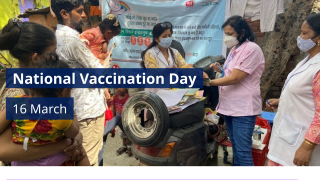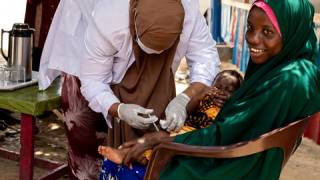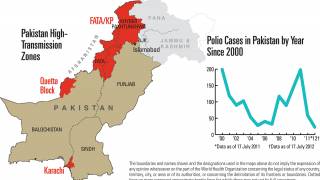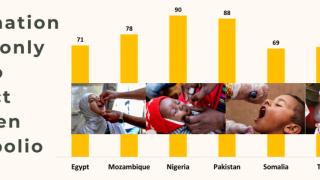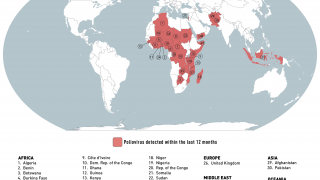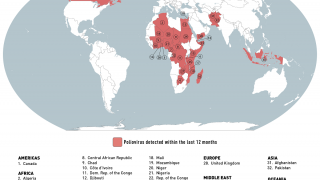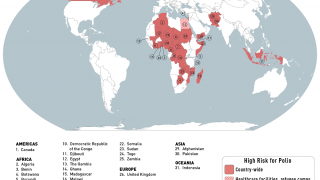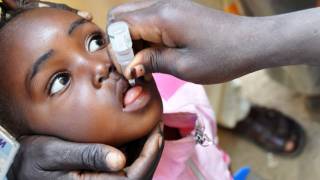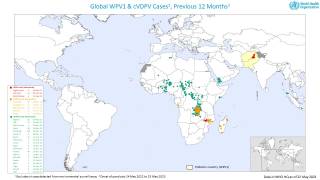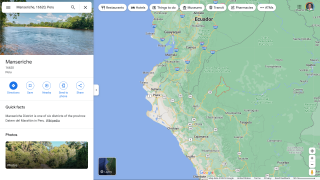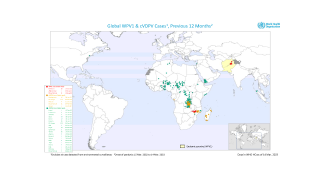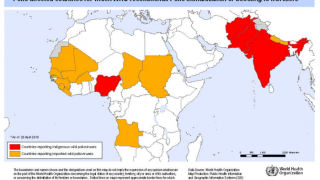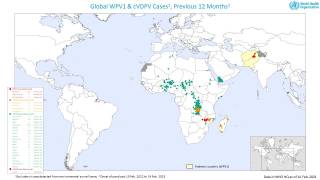Polio Patch Delivers Potent Protection

To secure a polio-free world, the live attenuated oral poliovirus vaccine (OPV) will eventually need to be replaced with inactivated poliovirus vaccines (IPV).
Polio eradication has taken a positive step forward thanks to the Nanopatch device being found to be more effective than needles and syringes at delivering vaccines.
Led by University of Queensland (UQ) bioscience experts, a new study reported the microscopic vaccine delivery platform to be more successful combating poliovirus than needles and syringes.
Head of UQ's School of Chemistry and Molecular Biosciences Professor Paul Young said, "This most recent study showed the Nanopatch enhanced responses to all three types of inactivated poliovirus vaccines (IPV), a necessary advancement from using the current live oral vaccine.
Patch inventor Professor Mark Kendall said, "It targets the abundant immune cell populations in the skin's outer layers, rather than muscle, resulting in a more efficient vaccine delivery system."
"As recently as 1988, more than 350,000 polio cases occurred every year in more than 125 countries. Efforts are being intensified to eradicate the remaining polio strains of transmission once and for all," said Kendall.
Polio has been eliminated from the United States.
Poliomyelitis (polio) is a highly infectious viral disease, which mainly affects young children, according to the Centers for Disease Control and Prevention (CDC).
The virus is transmitted person-to-person, spread mainly through the faecal-oral route or, less frequently, by contaminated water or food and multiplies in the intestine, from where it can invade the nervous system and can cause paralysis.
There are two types of vaccines that protect against polio: inactivated poliovirus vaccine (IPV) and oral poliovirus vaccine (OPV).
- IPV is given as an injection in the leg or arm, depending on the patient's age.
- OPV has not been used in the United States since 2000 but is still used in many parts of the world.
The Polio vaccine may be given at the same time as other vaccines, and is available at most travel vaccine pharmacies.
Most people should get polio vaccine when they are children. Children get 4 doses of IPV at these ages: 2 months, 4 months, 6-18 months, and a booster dose at 4-6 years.
The CDC suggests international travelers check their immunization status with a healthcare provider before visiting these countries.
The CDC vaccine price list can be found here.
Vaccine discounts can be found at this webpage.
The findings and conclusions in this report are those of the author(s) and do not necessarily represent the views of CDC and other contributing agencies: David A. Muller, Germain J. P. Fernando, Nick S. Owens, Christiana Agyei-Yeboah, Jonathan C. J. Wei, Alexandra C. I. Depelsenaire, Angus Forster, Paul Fahey, William C. Weldon, M. Steven Oberste, Paul R. Young & Mark A. F. Kendall. No conflicts of interest were disclosed.
These researchers acknowledge the World Health Organization, and Vaxxas Inc., for financially supporting this work.
Our Trust Standards: Medical Advisory Committee


